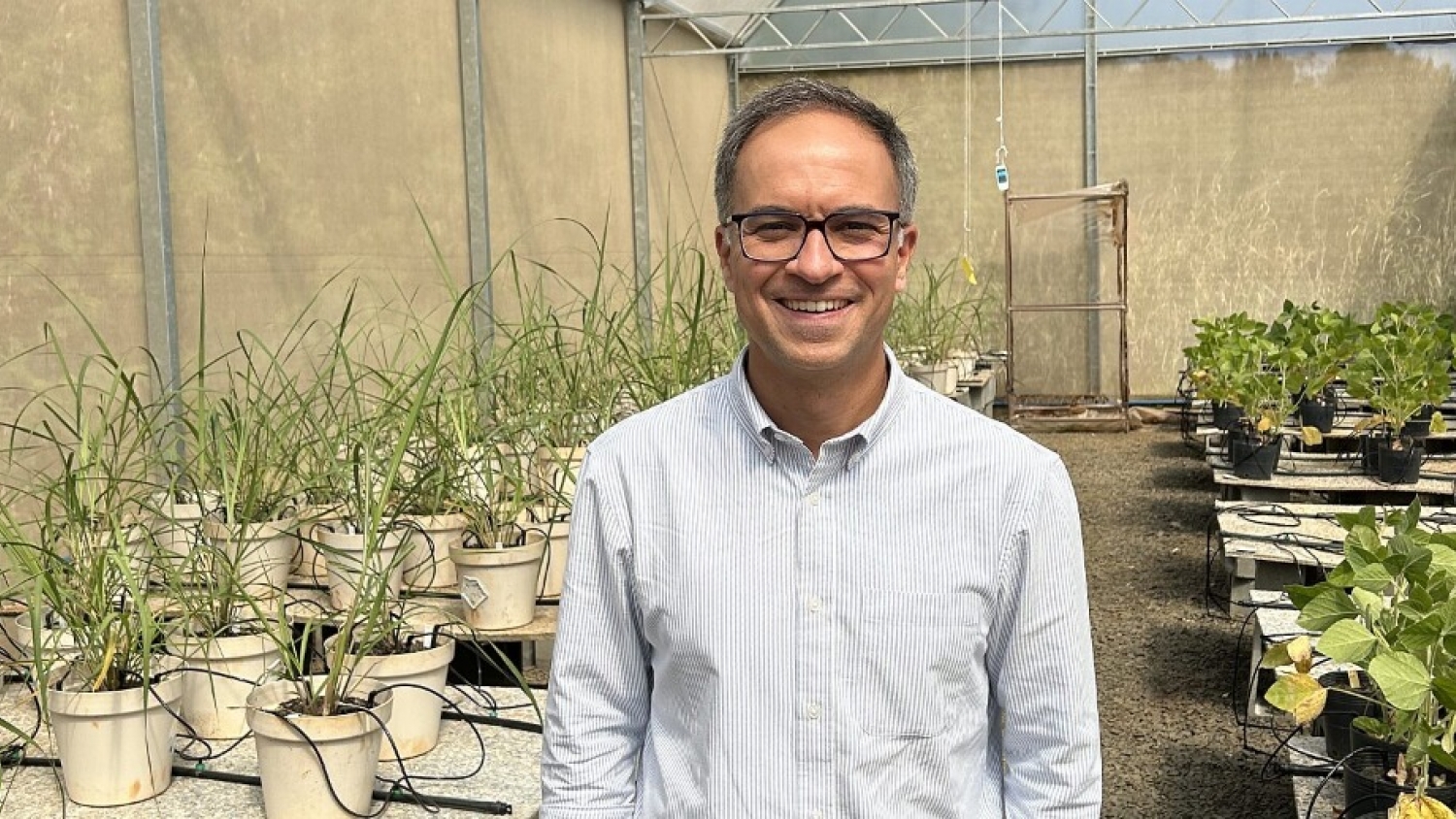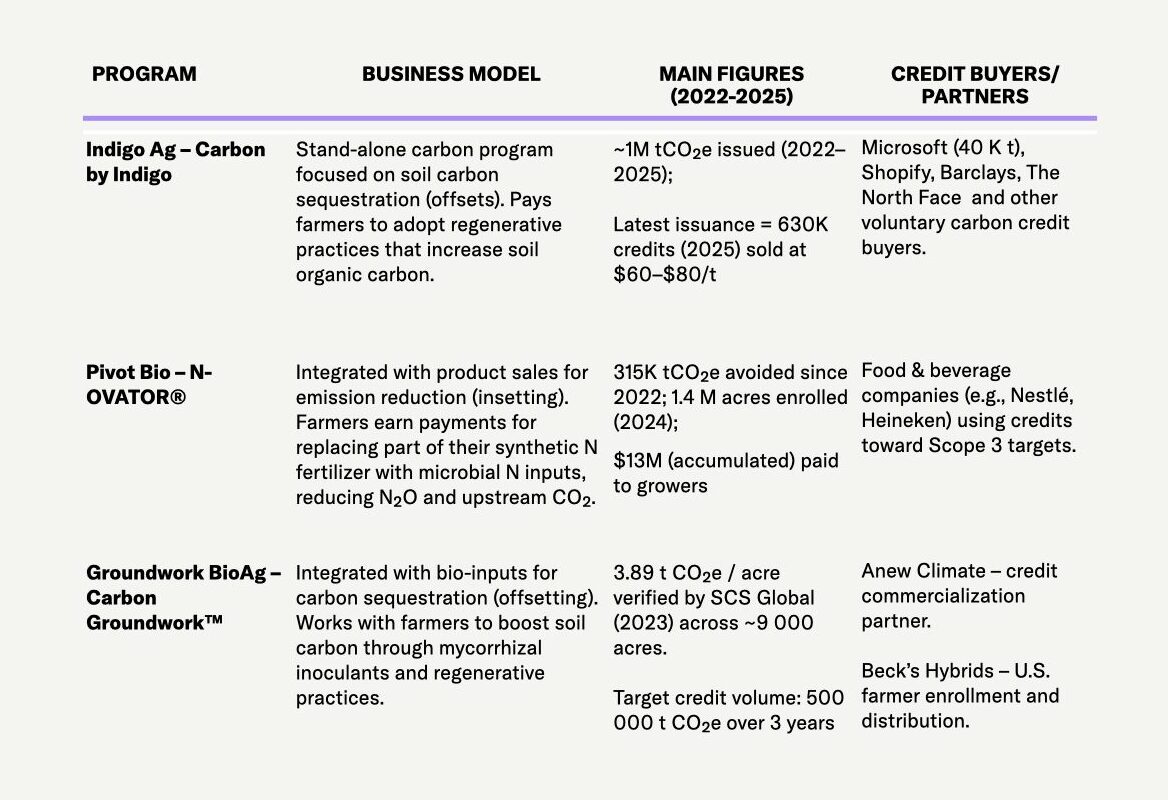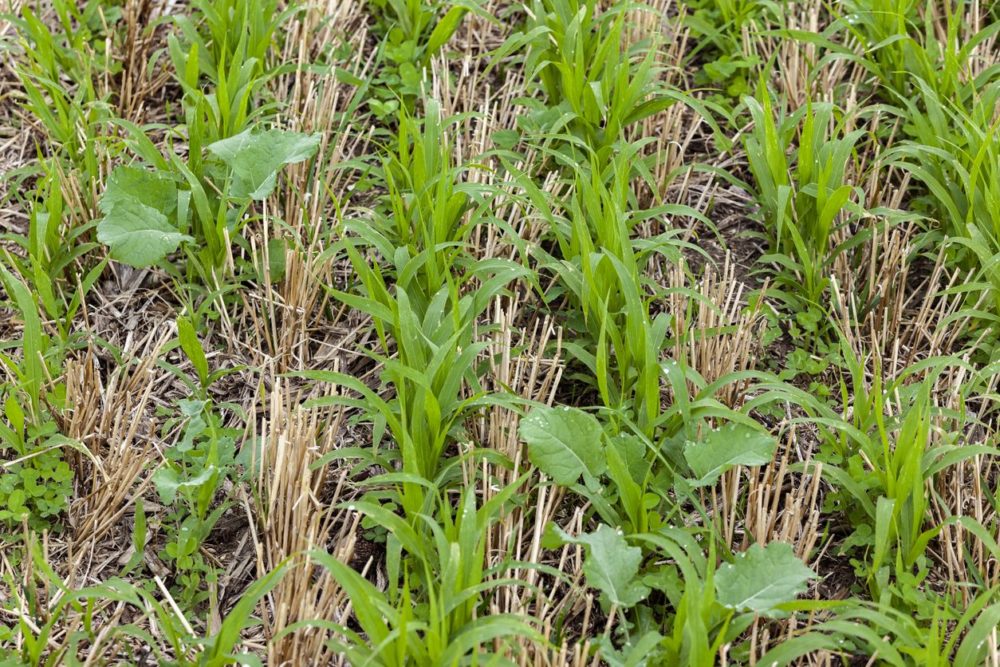
In recent years, the focus on sustainable agriculture has intensified, with biological inputs—such as biostimulants, organic amendments, and microbial solutions—being hailed as vital tools for boosting soil health, increasing productivity, and reducing reliance on synthetic chemicals. However, despite their recognized environmental benefits, the commercial and systemic adoption of ag biologicals remains limited, prompting industry experts to revisit how these products are positioned and integrated into broader agricultural paradigms.
Gustavo Mamao, head of international business development at IdeeLab, a leading Brazilian contract development and manufacturing organization (CDMO) specializing in ag biologicals, emphasizes that these products often start "the race in the wrong lane." Instead of being viewed as enablers of ecosystem transformation, they are commonly treated merely as substitutes for chemicals—competing on efficacy and price rather than creating added value within sustainable farming systems. This narrow perception hampers their potential, both in mainstream markets and in attracting investment, especially as venture capital funding in the broader agtech sector has declined sharply in recent years.

To act as true catalysts for change, biologicals need to be integrated into models that promote system-level transformation—aligning biological innovation with regenerative practices that enhance soil health and biodiversity. These practices include minimal tillage, cover cropping, livestock integration, and crop diversification, which collectively foster ecosystems capable of delivering measurable environmental benefits.
The synergy between regenerative practices and biological inputs is particularly promising. As farmers adopt cover crops and incorporate livestock, they promote a microbial-rich environment that can significantly amplify biologicals’ effectiveness. This approach not only has the potential to reduce synthetic fertilizer use—particularly nitrogen and potassium—by up to 25%, but also to improve yields and lower input costs over time. However, questions remain about the extent of nitrogen savings achievable through wider adoption of regenerative techniques and how best to quantify and communicate these benefits to stakeholders.
Beyond the agronomic advantages, regenerative agriculture is increasingly seen as a vehicle for market differentiation. Consumer-driven demand for sustainably sourced products has fueled brand initiatives that highlight regenerative sourcing practices. Alec’s Ice Cream, for example, recently secured an $11 million Series A investment to underpin its commitment to regenerative sourcing, exemplifying how market value can be derived from environmental narratives. As this movement matures, it could empower farmers to access higher-value markets, transforming sustainability into a tangible economic advantage.

A growing frontier within this ecosystem is the monetization of ecosystem services—such as carbon sequestration and greenhouse gas reduction—that farmers provide through regenerative practices. Several ag biological companies, including Groundwork BioAg, are positioning themselves at this intersection of biological innovation and climate finance by developing models that link biological inputs with verified environmental outcomes. These efforts aim to create new revenue streams through payments from voluntary and compliance-based markets, including offset programs that remunerate farmers for carbon credits.
Groundwork’s recent announcements have ignited debate over the realism of their carbon sequestration estimates—specifically, whether 3.8 metric tons of CO₂ equivalent per acre is achievable or overly optimistic. Experts point out that such figures should be contextualized across different soil types, management conditions, and the additionality principle, which accounts for whether farmers would have adopted the practices anyway. Nonetheless, this example underscores the capacity of soil-based carbon credits to diversify the portfolio of ecosystem services tradable in climate markets, especially as they provide an alternative to forestry-based offsets.

The broader potential lies in expanding carbon models to include co-benefits such as improved water retention, increased soil biodiversity, and chemical reduction — assets that could become tradable environmental credits in their own right. These initiatives could attract impact investors and bridge the current funding gap observed in venture capital, aligning financial returns with ecological outcomes and fostering a new type of blended finance that supports regenerative goals.
As these models develop, clear metrics, standardized methodologies, and scalable frameworks will be essential for mainstream acceptance. The challenge—and opportunity—lies in quantifying environmental benefits in ways that satisfy both regulatory and voluntary markets, providing farmers with credible, verifiable income streams tied to ecological performance.
The key takeaway, as underlined by industry stakeholders and highlighted by AFN, is that the future of ag biologicals extends beyond simple substitution or incremental improvement. Instead, these innovations should be embedded within a systemic shift toward regenerative, climate-smart agriculture—where environmental stewardship is directly rewarded with financial incentives. The integration of biological inputs into ecosystem service markets may ultimately redefine the economic landscape for farmers, aligning profitability with sustainability and positioning biologicals as central enablers of a resilient, restorative agricultural system.
